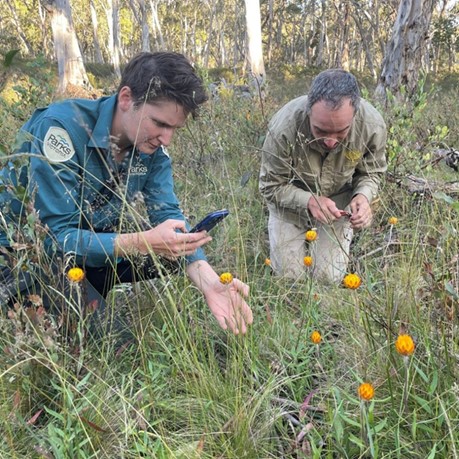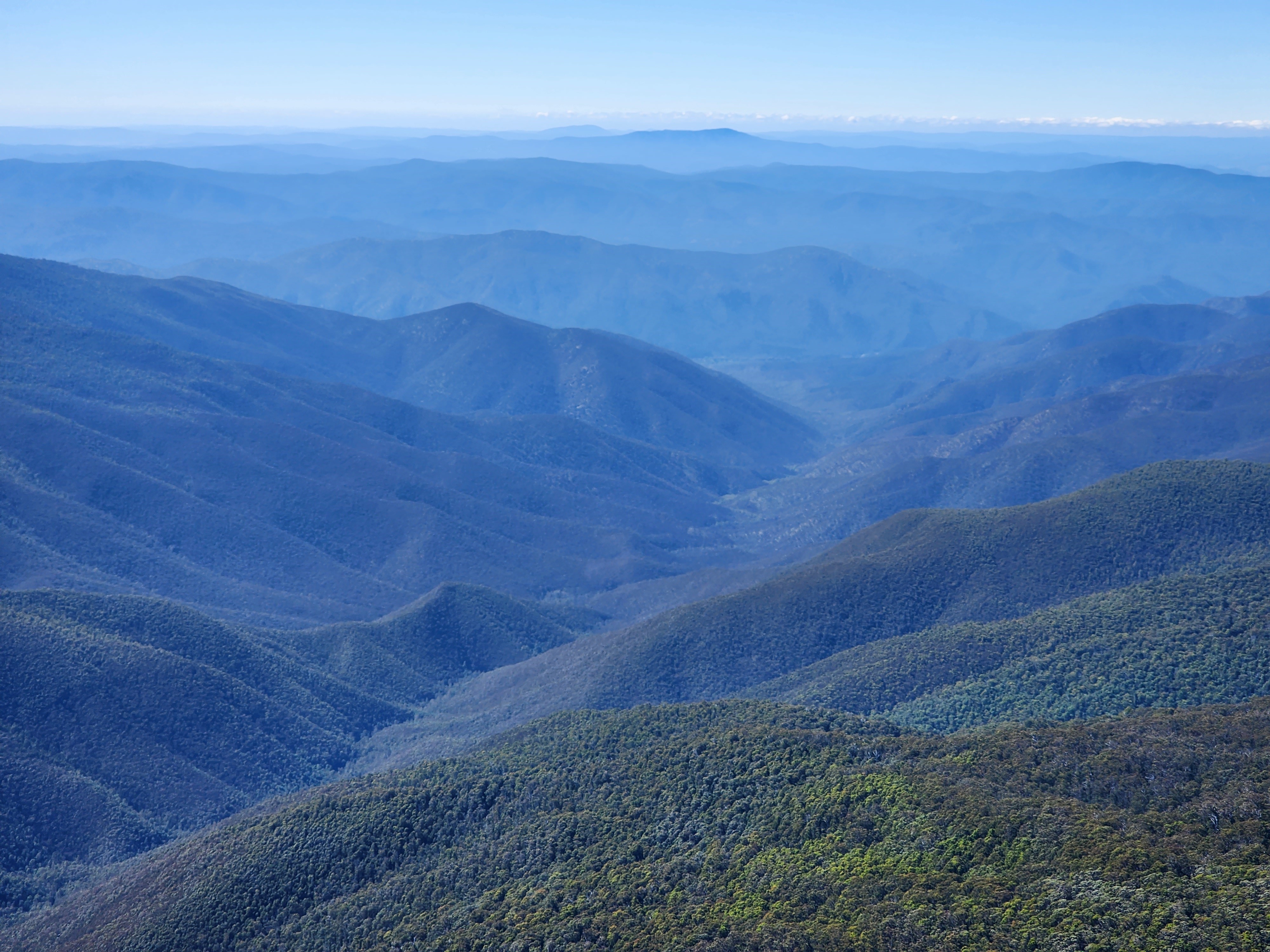
Our first expedition for 2023 took place in the Australian Alps during early February. The expedition focused on the southern part of Kosciuszko National Park (NSW) and the northeast part of Alpine National Park (Victoria). We are extremely grateful for the support we had from both land managers – NSW National Parks and Wildlife Service, and Parks Victoria.
The scientific team included 10 zoologists (from the Australian Museum, Museums Victoria, and the University of New South Wales), 11 botanists (from the Royal Botanic Garden Sydney and Royal Botanic Gardens Victoria) and a seed collector (from the National Seed Bank, Canberra).
Although the Alps region is of great interest to scientists, challenges such as access and weather conditions mean that remote areas have not been well surveyed. This expedition aimed to get the team into some of these remote areas to collect specimens, fill knowledge gaps and potentially discover new species.
Base camp was in Jindabyne, approximately 180 km southwest of Canberra. From there, the team accessed sites via helicopter and 4WD. The Alps region is well known for rapidly changing weather conditions and the team adjusted their plans several times due to a total fire ban, fog and even snow!
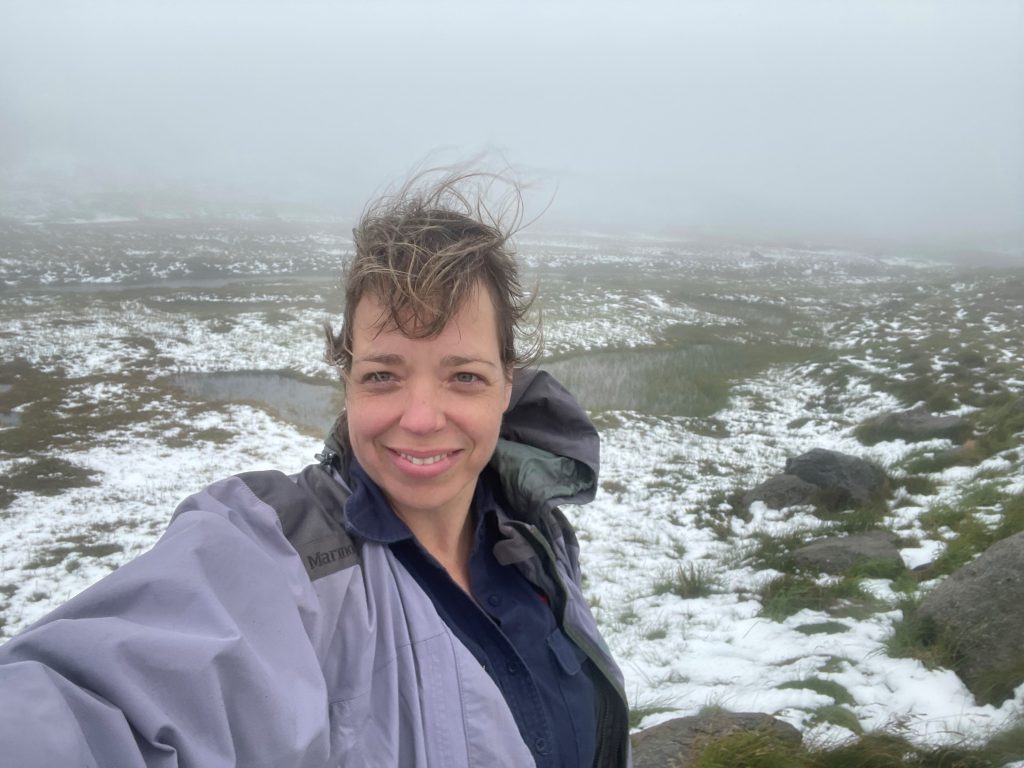
The unseasonably cold weather made it harder to find some species, including reptiles and frogs. However, herpetologists from the Australian Museum still recorded 6 frog and 11 reptile species, and they collected some highly valuable specimens and genetic material. Most of the genetic samples represent the first of the species collected from Kosciuszko National Park and will enable an assessment of regional genetic diversity.
Botanists from the Royal Botanic Gardens Victoria, assisted by Parks Victoria staff, documented plants in the north-eastern section of Victoria’s Alpine National Park.
Meanwhile, botanists from the Royal Botanic Garden Sydney were excited to be part of the first team to capture data on the biodiversity of The Pilot – the highest peak in the Pilot Wilderness Area of Kosciuszko National Park, approximately 1,800 m above sea level. The biodiversity there is under great threat from climate change, as an increase in temperature could leave species at the top of peaks with nowhere to go. Chris Reid from the Australian Museum was particularly looking for flightless alpine beetles, which tend to be unique to mountain tops and could be significantly impacted by climate change. He found about 150 species of beetle during the expedition, including 3 species new to western science.
Spider scientist Joseph Schubert also discovered several new species, including a shield huntsman with war paint on his legs and a shield on his chest to frighten off predators.
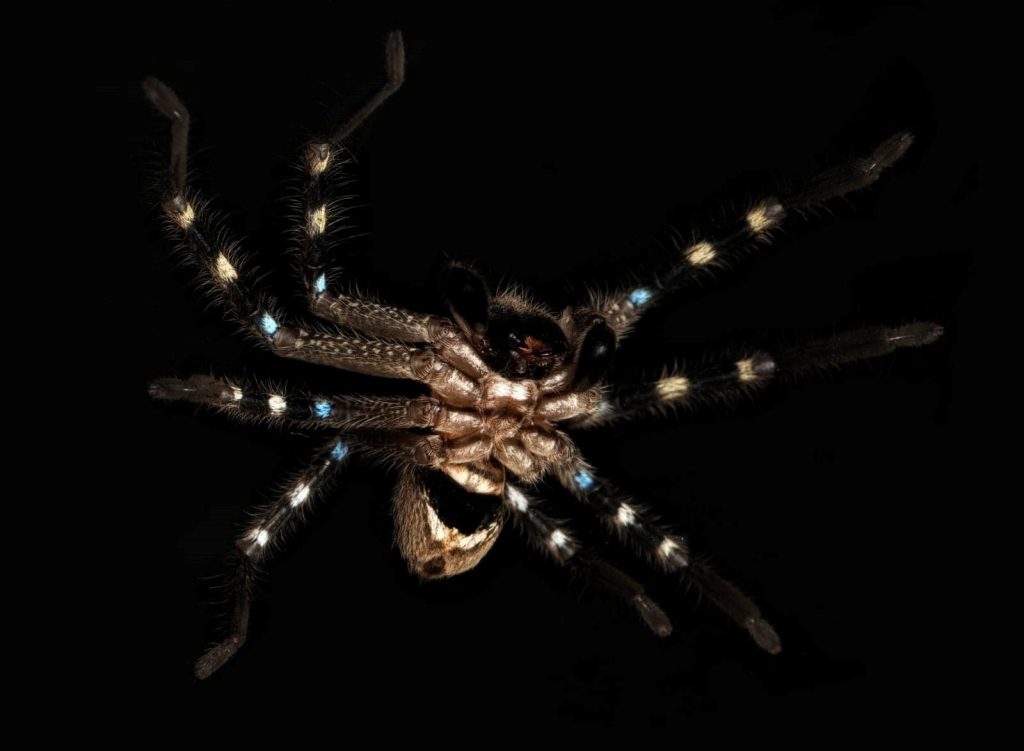
The scientists were joined by science teachers, through the Bush Blitz TeachLive project. This project allows teachers to work as field assistants while connecting to their classrooms through video calls.
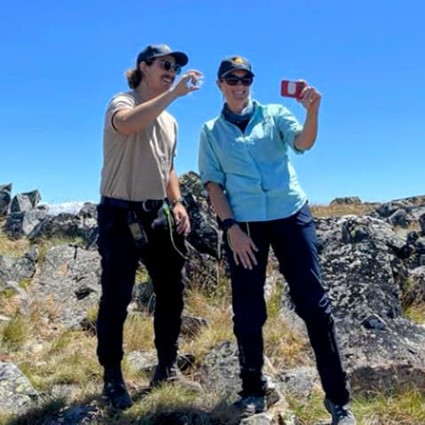
As always, we got the local community involved too – scientists visited Snowy Mountains Grammar School and a community day was held in Jindabyne.
The scientists are now busy working through the collections they made. The process of describing and naming new species can take years but more information about what was discovered will be available in our expedition report, which will be published on our Expeditions page.

